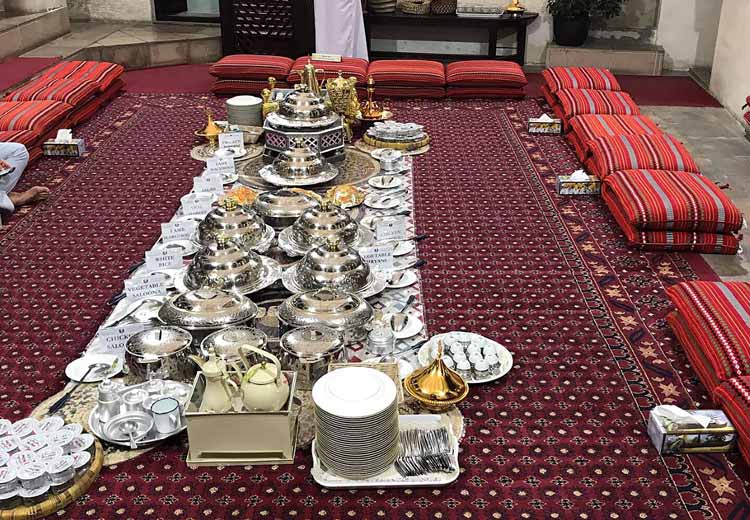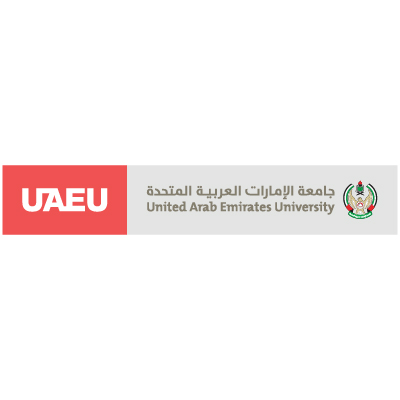In search of the Emirati national dish

Sponsored by

Sponsored by

What can Emirati cuisine tell us about a young, diverse nation and its sense of cultural identity?
Visitors to the United Arab Emirates will find the supermarkets of Abu Dhabi and Dubai packed with ingredients sourced from all corners of the globe. Condé Nast Traveller’s top 17 Abu Dhabi restaurants features Ethiopian, Peruvian, contemporary American and French cuisines, as well as the ubiquitous upmarket steakhouse. But what of Emirati cuisine?
Only one restaurant on Condé Nast’s list, Meylas, is labelled as Emirati, and even then, its menu is described as modern Middle Eastern fusion. This is a common phenomenon, says Eloísa Martín, associate professor of sociology at the United Arab Emirates University, and it is why there is no easy answer to the question, “what is Emirati cuisine?”
“My research shows that what we could consider Emirati cuisine still is in the process of being created,” Martín says. “There is no agreement, not among citizens, chefs or even the government, on what would be the dish that they would present as being purely Emirati.”
While the government might take a top-down approach to defining Emirati cuisine, a national dish is typically defined by consensus, or from an ingredient typically used in the region. And yet, the UAE imports 90 per cent of its food. Furthermore, Emirati cuisine, and the restaurant culture that would help formally codify it in the nation’s menus, is competing with cuisines from across the globe.
“There is almost an insinuation that the food is not good enough, that their own food is not good enough to become a national cuisine yet,” Martín says. “This is from discussions I have had with restaurant owners, with some chefs, and with people who eat Emirati cuisine every day. They say, ‘the menu is not very complex. It’s too repetitive’. I don’t think so, from my humble perspective, but this is what the research shows.”
For more than two decades, Martín has used a variety of qualitative research methods to explore religion, popular culture, fandom and food studies. What regular Emiratis are eating can tell us a lot about the UAE’s culture.
Younger generations describe their comfort food as biryani, Thai, hamburgers and tomato-and-cream “pink pasta” dishes, suggesting the influence of a globalised food market. But diversity on the plate is the influence of the UAE’s migrant population, which has soared since the country’s discovery of oil, with Emirati citizens now representing only 11.6 per cent of the population. Immigrants from India and Iran have been adding their own twist to the Emirati cookbook, bringing with them new techniques and spices.
“You combine them and you have a different dish that is not Indian and not Persian,” Martín says. “You go to an Emirati restaurant and one of the starters is samosa, but using Emirati spices.” This, she says, is evidence that the idea of a strictly national dish is an invented tradition – in the UAE as in any other country.
Martín’s research is discovering a cuisine that is evolving in real time, with Emiratis drawing on Bedouin recipes, traditional Khaleeji ingredients such as smen (salted, fermented butter), bzar spice mixes, and ingredients from further afar to reinvent it.
Read Martín's article, "Nation building and social change in the United Arab Emirates through the invention of Emirati cuisine".
Find out more about UAEU.